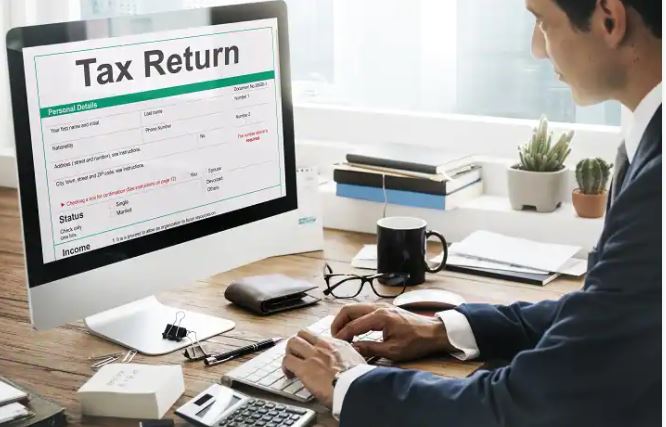Still you can file your late ITR till 31 December 2023. However, it is necessary to do your e-verification within 30 days of filing your ITR. If you do not e-verify your ITR after filing it, then it is considered invalid. If you do your e-verification after 30 days, it will be treated as filed from the new date and penalty will be levied as applicable
The deadline to file ITR has passed. The last date to file it was 31 July 2023. However, you can still file your late ITR till 31 December 2023. However, it is necessary to do your e-verification within 30 days of filing your ITR. If you do not e-verify your ITR after filing it, then it is considered invalid. If you do your e-verification after 30 days, it will be treated as filed from the new date and penalty will be levied as applicable. For example, if you filed your ITR on 31st July and you are not able to e-verify it till 30th August, then it will be considered filed from the date of verifying it later.
ITR will be considered valid only after e-verification
Explain that when you complete the process of e-verification, your ITR will be considered processed. This is an important step as it will be considered as the last stage in the process of filing your ITR. In the absence of a valid return, you will be liable for penalties applicable to non-filers. The due date for filing ITR for the financial year 2022-23 was July 31, 2023. However, there are certain categories of taxpayers who are allowed to file their ITRs later, such as those who opt for ITR-6.
This is how e-verification can be done
- Aadhaar OTP: This is the most common way to e-verify your ITR. You will need to enter your Aadhaar number and the OTP sent to your registered mobile number.
- EVC through Bank Account: If your bank account is linked with your PAN, you can e-verify your ITR using the KYC generated from your bank.
- EVC through demat account: If you have a demat account, you can e-verify your ITR using the EVC provided by your demat account provider.
- Net Banking: You can also e-verify your ITR using net banking. Simply login to your net banking account and follow the instructions to e-verify your ITR.
- Digital Signature Certificate: If you have a DSC, you can use it to verify your ITR. To e-verify your ITR, you need to visit the e-filing website of the Income Tax Department and log in to your account.
Once logged in, you need to select the option ‘e-verification return’. Then you have to enter your ITR details and select the method of e-verification that you want to use.
What is its process
For e-verification, you will have to login to the e-filing website at https://www.incometax.gov.in/iec/foportal/ with your login credentials, after which you will have to e-file the income tax return option. Have to go to e-verification return. After this, you have to click on the e-verification link and click on the option of I want to generate Aadhaar OTP to file my return. After this, you will have to generate the 6 digit alphanumeric OTP received on your Aadhaar seeded mobile number to e-verify the return.






